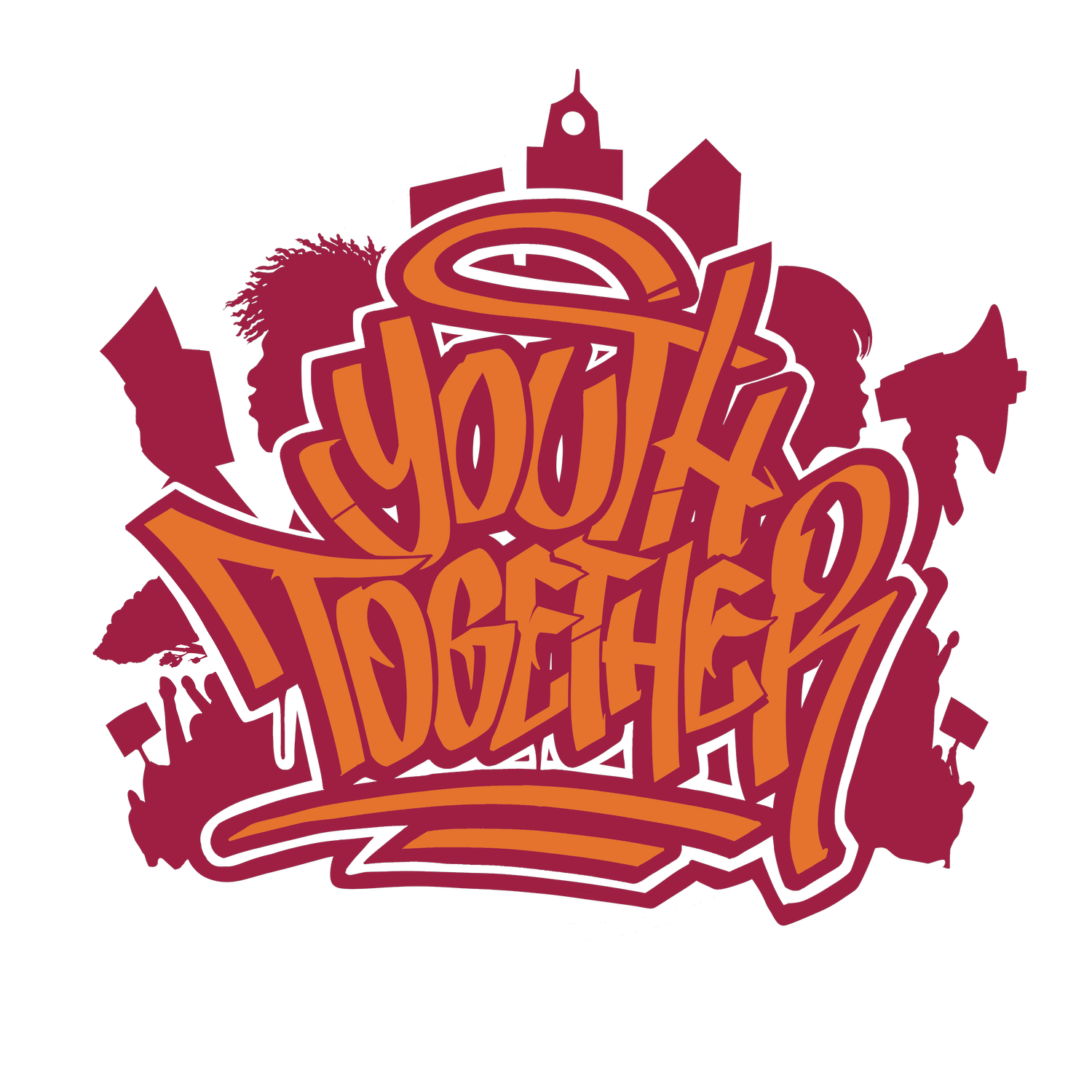Our Story
Youth Together emerged as a collaborative project in 1996 following a 2-week long emergency closure of Castlemont High School in Oakland, CA, and the weeklong closure of Richmond High School in Richmond, CA due to violent race riots. Outraged by the conditions in their schools that led up to these riots, students and community members came together to strategize how young people could lead efforts to identify solutions to the root causes of both the physical violence (e.g. fights between students, increased gang presence) and the institutional violence (locked bathrooms during the day, punitive tardy policies) that was present on their school campus. Youth Together began working in five targeted high schools: Berkeley High School (BHS), Richmond High School (RHS), Skyline High School (SHS), Fremont Federation of High Schools (FFHS), and Castlemont Community of Small Schools (CCSS).
Across the region, students (particularly students of color) are subject to the dual effects of failing educational systems and under-resourced communities. A recent Harvard University report demonstrates that OUSD graduates less than 50% of its students district-wide, classifying a large number of Oakland's High Schools as "dropout factories". With the implementation of the California High School Exit Exam (CAHSEE) in 2006, a high-stakes test that denies a diploma to any student who fails to pass, graduation rates are expected to drop even lower.
In 2006, over 40,000 students throughout the State of California did not pass the exam and did not receive a diploma. Students who do pass and graduate are not prepared nor college ready. For example, in 2005 only 8 had completed the proper coursework to qualify for the UC/CSU system compared to the 322 graduates at Richmond High School. Even within schools that are relatively well resourced, students of color often have a very different educational experience than their white peers. At Berkeley High, the roughly equivalently sized white and black student populations have significant disparities in achievement and access. In 2003-04 only 54 seats in AP courses at BHS were taken by African American students, compared to the 656 seats taken by white students. In response to these conditions, Youth Together seeks funding to develop a trained group of student organizers to advocate for anti-violence, student power, and educational justice on school campuses and to create highly functional structures to address reforms and challenges related to the quality of education.
In 2006, youth leaders led statewide campaigns to transform California’s public education funding system to make it equitable. Through the Campaign for Quality Education statewide coalition, youth leaders successfully campaigned for the passage of the Local Control Funding Formula in 2013 and as a result, OUSD has received more than $330 million dollars of supplemental funds for Oakland students since 2014. Most recently, youth leaders campaigned for the Accessible Credit Recovery resolution that was passed by the OUSD school board of directors in June 2017 which addressed the lack of credit recovery options in the district. At the beginning of 2019, teachers across the State of California began to strike demanding better contracts and more resources for youth and families. Oakland teachers began their strike in February 2019 which led to city-wide support from students as they had experienced the suffering of public education within their classrooms. The Oakland Education Association agreed to a tentative contract due to fiscal restraints within the district which ultimately led to the upheaval of young people as they mobilized close to 400 students to a Monday morning School Board meeting to vocalize their anger and outrage. Over 100 youth across the city converged and discussed the need to establish power which lead to a “Youth Vote 16” 2020 campaign.






